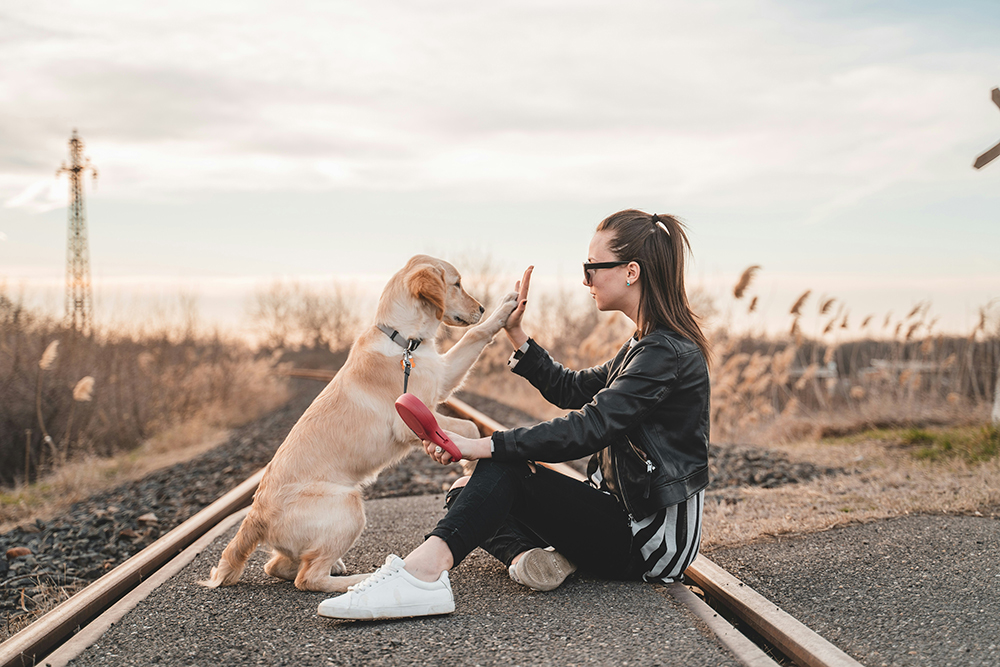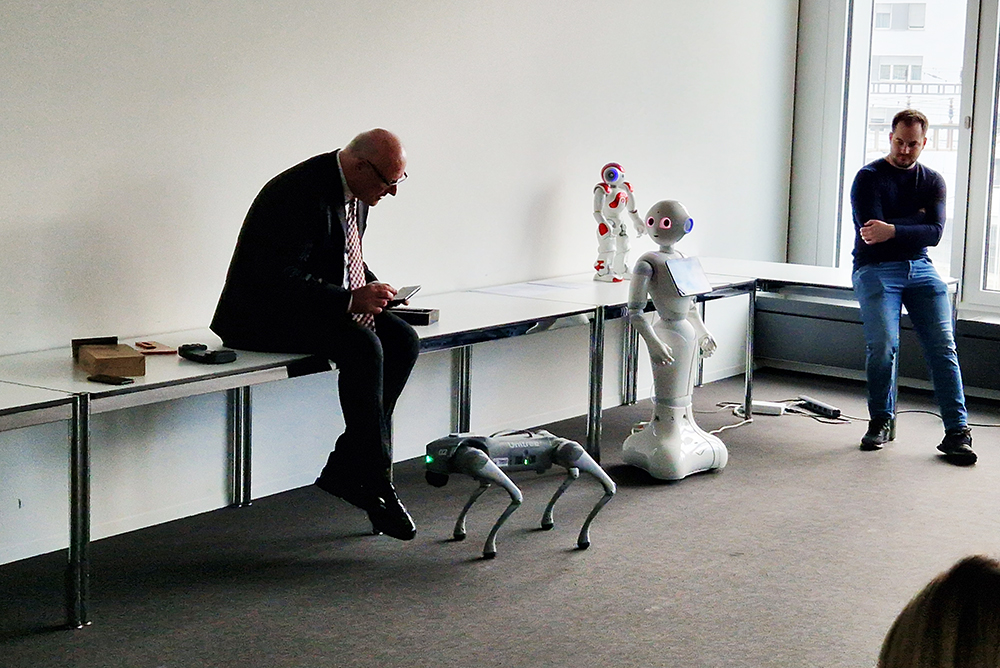Robotic four-legged friends – often referred to as robot dogs – are becoming more and more widespread. As a result, they will also encounter more and more real dogs. The question is how to design, control, and program the robot in such a way that the animals do not overreact and cause no harm to robots, animals, or bystanders. As part of “The Robodog Project”, smaller dogs are to be confronted with a walking, running, and jumping Unitree Go2. The plan is to visit controllable environments such as dog training grounds and arrange meetings with dog owners. The findings will lead to suggestions for design and control. Robot enhancement can also play a role here. For example, hobbyists have produced heads for Unitree Go2 using a 3D printer, giving the robot a completely different look. Suggestions for programming will also be made. The project is due to start at the FHNW School of Business in March 2024. It is part of Prof. Dr. Oliver Bendel’s research in the field of animal-machine interaction.
Bao in Switzerland
From February 15 to 17, 2024, the elective module “Social Robots from a Technical, Economic and Ethical Perspective” by Prof. Dr. Oliver Bendel took place at the FHNW School of Business in Brugg-Windisch. This was the sixth time the course had been held and the first time it had taken place on this campus. The participants were mainly prospective business economists. A GPT called Social Robotics Girl, which is specialized in the topic, was available. A presentation by Claude Toussaint from Navel Robotics enriched the event. He spoke not only about the development of the model, but also about the financing of the company. Among the robots at the demo was Unitree Go2. It comes from the Social Robots Lab (SRL) privately funded by Oliver Bendel and is called Bao (Chinese for “treasure, jewel”) by him. The SRL also includes Alpha Mini, Cozmo, and Hugvie – and the voice-controlled Vector, which was not used in the lessons. When designing their own social robots, the students worked with image generators, this time mainly with DALL-E 3.

